Little Darby Creek, in southwestern Franklin County, Ohio. The Little Darby, and its sibling stream the Big Darby, are among the most aquatically diverse streams in the Midwest. The riffle pictured above is especially noteworthy, particularly for its diversity of small colorful fish known as darters.
I was in the stream last Sunday morning, with some of the best aquatic ecologists around.
John Tetzloff (L) and Mac Albin work a seine in the creek's swift waters, while Anthony Sasson inspects a captured fish in the holding tank.
John is the longtime president of the
Darby Creek Association, and a tireless advocate for the protection of the Darby Creeks. Mac is
Franklin County Metroparks' aquatic ecologist, and no one knows the fishes of these streams better than he does. Anthony is freshwater conservation manager for the
Ohio Chapter of The Nature Conservancy, and has spent many years working to ensure the conservation of these streams. You can see why I was excited to get afield with these guys, and I greatly appreciate Anthony's orchestration of this expedition.
A typical haul of the seine - lots of interesting little fishes.
My primary purpose was to make photos of seldom-seen fish, and seining them out of their riffle, ever so temporarily, is the best way to go about this.
Only once before, several years ago, had I endeavored to shoot photos of live fish, and the results were so-so. You can see them
HERE. This time, I put a bit more thought into it, and definitely had better camera gear than before.
I lugged the small aquarium, shown above, out to the stream, and had the bottom of the tank pre-prepped with clean rocks. I even brought along a gallon of fresh distilled water. If you take water from the creek, even if it looks relatively clear, you'll find that all of the suspended sediments drift in the tank's water column and create a somewhat murky look.
So basically you capture fish with the seine, place them in small holding tanks, and place the subjects to be photographed into the modeling tank. After capturing images, the fish is released back into the stream with no harm done.
A Greenside Darter,
Etheostoma blennioides, gazes at the camera. This darter and many of its ilk are astonishingly colorful. I suspect most people have no idea such tropical looking fish live in local streams.
When the creek water reaches certain temperature parameters in early spring, it stimulates physiological changes in the male darters. They become intensely colored - their breeding plumage, if you will. Darters in spring transform into the warblers of the underwater world, and it was this colorful group of fish that I really wanted to photograph.
In addition to keeping the fishy photography subject's best interest in mind, there is another compelling reason for shooting photos as quickly as possible once the animal has been removed from the stream. Once exposed to warmer water, such as in a tank, the brilliant breeding colors can soon fade, and of course we want to see them at their brightest.
I am reasonably pleased with how these photos came out, but upon review see room for improvement. While it may seem like "shooting fish in a barrel", photographing fish in this way isn't as easy it may look. It's hard to keep small bubbles from gathering inside the tank in places where they impinge on the photo. Sometimes reflections from objects outside the tank appear in the photo, although they aren't obvious at the time. Of course, much of this can be corrected with PhotoShop but I am a PS minimalist. Finally, the fish themselves are often less than cooperative, and extended herding and prodding with a long stick is usually necessary to get them into the best position for photos.
I believe this is a female Greenside Darter, but please feel free to correct me if I'm in error. I think someone may have called it a Fantail Darter,
Etheostoma flabellare, but I may have gotten my fish mixed up. In any event, female darters are usually much duller than the colorful males, just as is often the case in the bird world.
Note how she sits on the bottom, propped up on her pectoral fins. Darters are members of the perch family, and most of them largely lack swim bladders. Thus, they sink rather than float. This is an advantage if you feed on the bottom, and wish to stay among the rock cobble of swiftly flowing riffles. If you wade into such a habitat and carefully watch the bottom, you'll probably see darters rapidly darting out of your way. Seen in this way, they just look like tiny black flecks rocketing off. It isn't until one does what we did that their true beauty can be fully appreciated.
A male Banded Darter,
Etheostoma zonale. This species is common in Ohio's waterways in the Ohio River drainage. Interestingly, it has never found its way into the Lake Erie drainage.
An old warrior by the looks of him, is this Variegate Darter,
Etheostoma variegatum. Note the rather tattered condition of his adipose fin (top, just before tail) and tail. As darters go, this is a large species with jumbos taping out at 4 1/2 inches. Accordingly, they typically occur in the fastest chutes and riffles of moderate to larger streams. One gets a real appreciation of the adaptations these fish have that allows them to operate in such waters when trying to stand in their fast riffles. If you are inexperienced in working streams, it can be hard to hold your balance against the current. Add a big seine that catches the water like a porous balloon to the equation, and falling in the drink is a real possibility.
I'll post Part II before long, as I've got even flashier photos to share. I am grateful for Anthony, Mac, and John for making this aquatic foray possible.

+Hans+Hillewaert+wiki+commons.jpg)
























.jpg)
.jpg)
.jpg)




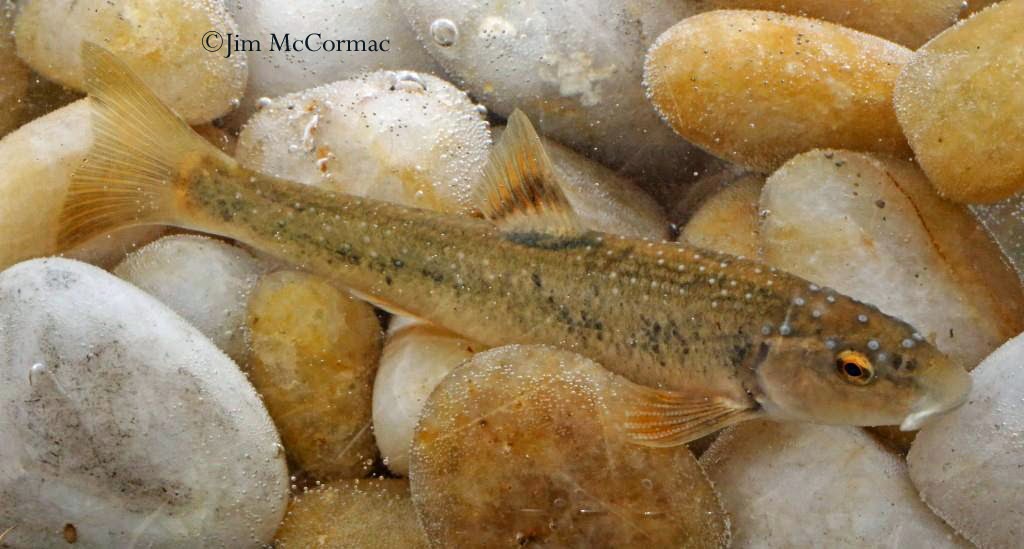



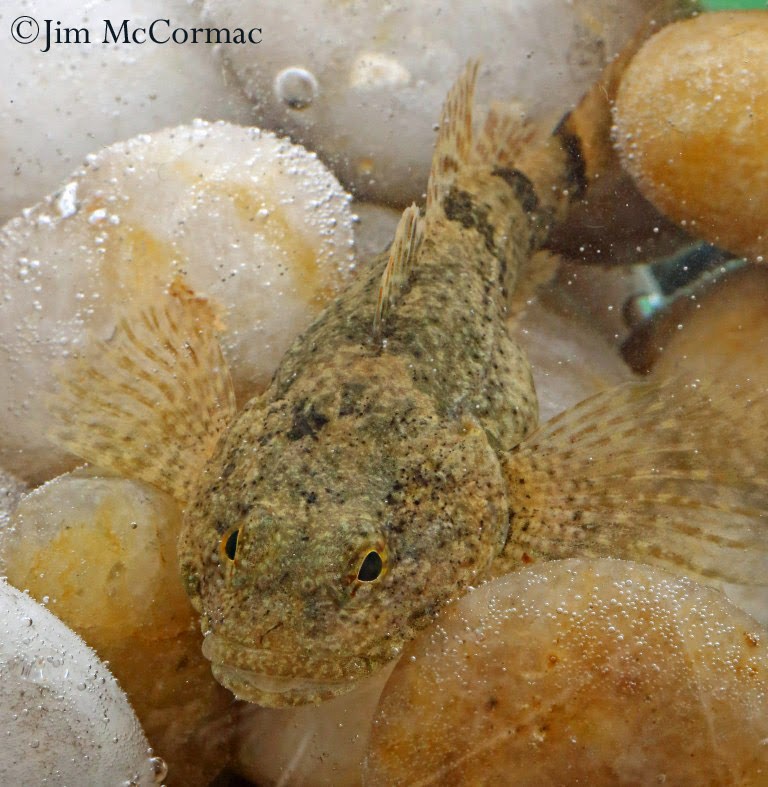
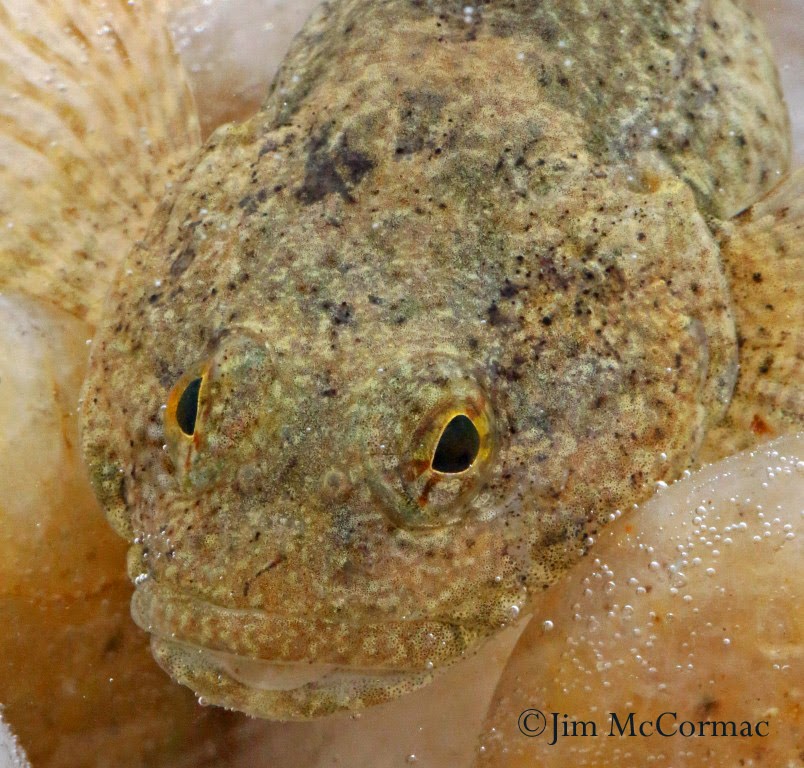




_edited-1.jpg)


.jpg)
.jpg)
_edited-1.jpg)







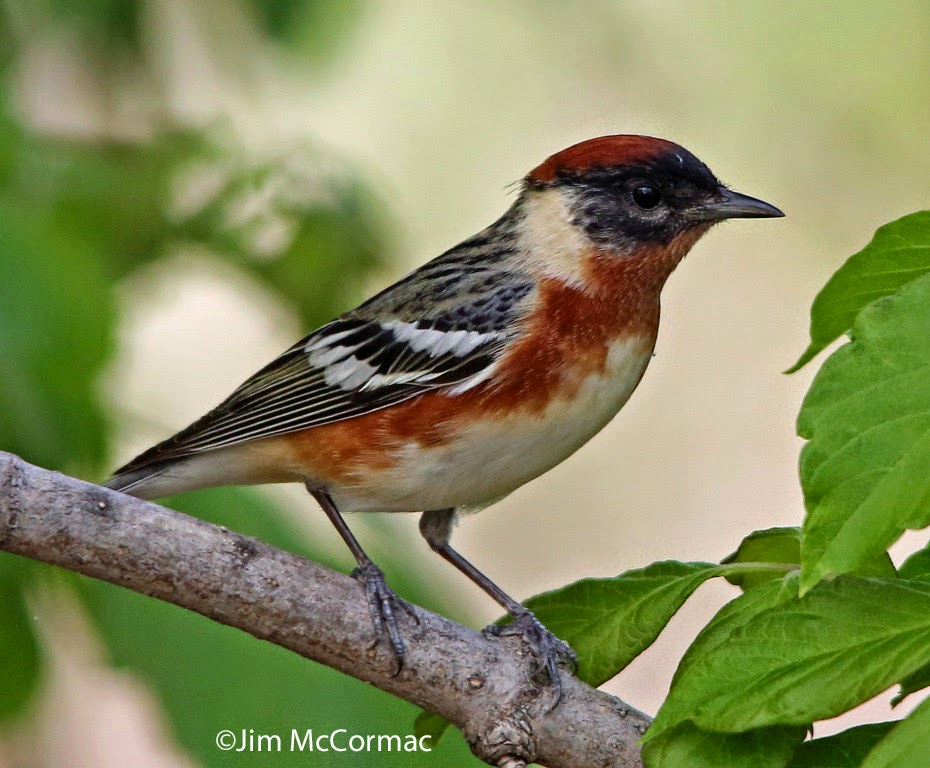






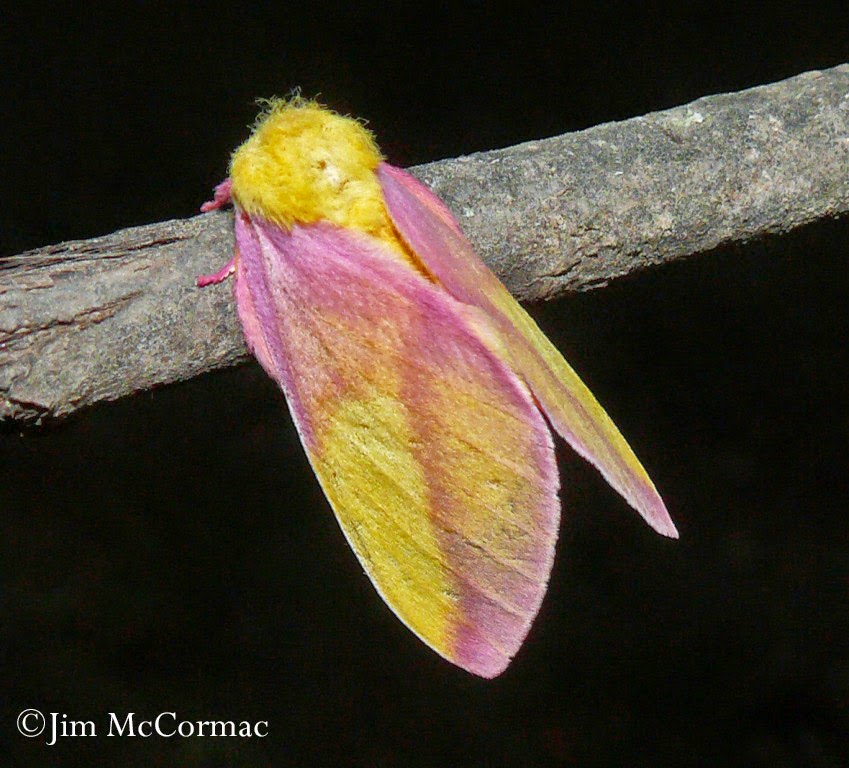
.jpg)
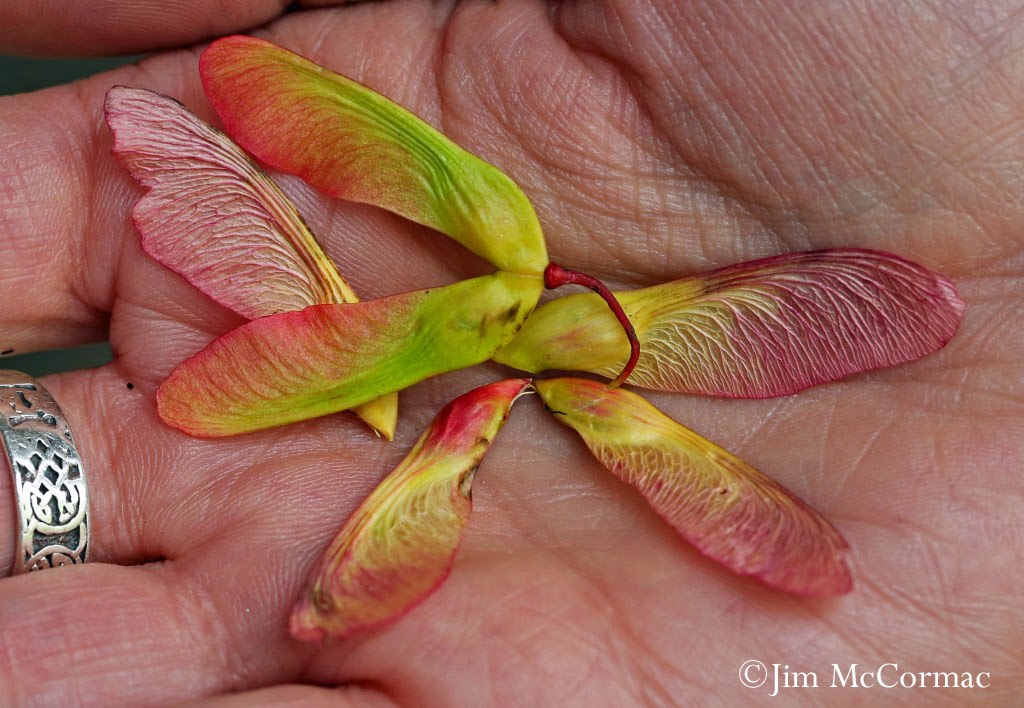





.jpg)






